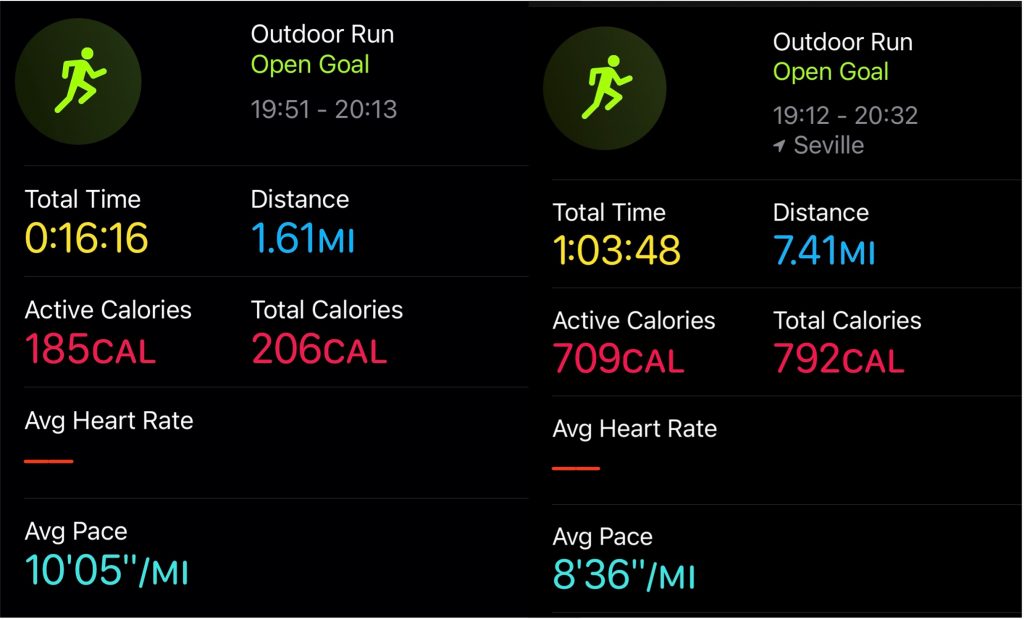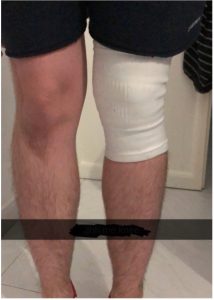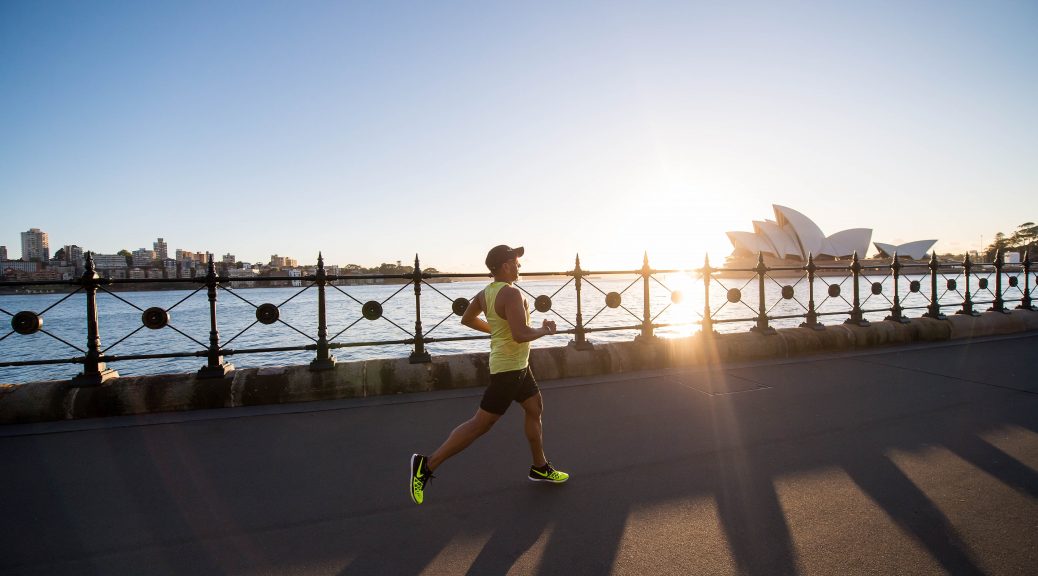The most frequent question I am asked is ‘how do you get started running?’. Surely if you can walk then you can also run? Whilst running may seem simple to get started (well for the majority it is) there are a few basic tips I would like to recommend to help you train more efficiently.
Whether you are a complete beginner or a casual jogger, we’ve put together 5 top tips which will help you to get going!
Interested in a specific part? Skip right ahead
– 1.0 Find The Perfect Shoe:
– 2.0 Be Realistic With Your Goal:
– 3.0 Preparing To Start
– 4.0 Listen To Your Body:
– 5.0 Most Importantly… Have Fun:
Benefits Of Running:
What’s great about running? Compared to other sports/exercises you may encounter, running simply doesn’t require much equipment to start off with – whether you partake on a treadmill or simply hit the streets, the option is entirely yours to make!
1: Find The Perfect Shoe:
Whilst it may be tempting to pick up a generic running shoe that is on offer at your local sports shop, we highly recommend that you get measured by a specialist. Whilst this is likely the more expensive option; as a runner, you’ll encounter almost every surface imaginable (depending on your location) from grass to concrete. Having shoes that have been adequately measured will ensure your foot is best cushioned for the impact it endures.
In the case of myself, I started out with an old pair of trainers I had lying around, whilst I thought this was quite sufficient – I quickly found I was getting a sharp pain in the instep of my foot which forced me to be sidelined for a couple of weeks.

2: Be Realistic With Your Goal:
As the classic saying goes, ‘Rome wasn’t built in a day.’ and nor is your first 5k!
If you are starting out from the very beginning, your first weeks into running may feel very difficult – that’s perfectly ok. Whilst everyone trains at their own pace, set yourself small goals to achieve – you may find many training plans posted online, spend time before you start to really find one that’s best for you.
We recommend starting out with two-mile runs for the first 4 weeks of your schedule – increasing the distance only once you’re consistently running that distance comfortably. Should you struggle with pacing, we highly recommend that you check out the NHS couch to 5k app, this program alternates walking and running to help you build you up with the end goal of pushing you to run 5k (3.1 miles) after just 9 weeks!
For me personally, I started running during my Erasmus year in Sevilla. I started with very little experience of running long distances and I didn’t really know where to begin. Thankfully, I happened to live 2 minutes away from the Guadalquivir river that had a 9.4km route marked out. Whilst I initially struggled to break the 3.2 km (2 miles) barrier, I found that after two months of training – 3-4 times per week, I was able to push myself further with a consistent 9.6 km (6 miles) run several times per week.
It is noted: whilst this schedule worked for me – this may not be adequate for you.

3: Preparing To Start:
So – you’ve got your route, playlist and water (optional) sorted, that’s a great start. However, before you even think about lacing your shoes, take 5-10 minutes to properly warm up. Research shows that as many as 79% of all runners (regardless of skill) will get injured at least once per calendar year. Much of this can be avoided by simply taking the time to loosen up and mentally prepare yourself for what is to come.
What should you focus on in this warmup? Ideally, you should focus on stretching your legs (as shown in the image) and slowly elevating your heart rate to minimise the strain once you begin – take a couple of minutes to walk at a brisk pace before setting off.
Personally, I like to use this time to focus my mind. Regardless of what you have done so far in the day or what you have to sort when you’re finished, put this to the back of your mind as you focus on achieving your goal.

4: Listen To Your Body:
We’ve all been there – 300 metres away from achieving that new personal best, but your body is telling you that it simply cannot go any further… listen. Not every session will result in you achieving a personal best – as a new runner, it is important that you learn to stick with your training plan and most importantly listen to what your body is telling you, don’t ignore them nagging pains. Whilst it may be frustrating to end your session, you could be preventing a serious injury.
As I was training for my first 10k, I was coming extremely close to achieving my goal – I had gone 9k during my previous sessions quite comfortably and thought I would go the full distance. As I reached the 9.5km mark, a sharp pain in my left knee started. Instead of calling it, I wrongly decided to push for my new personal best and as a result aggravated the pain further. I found myself once again sidelined and when I did return, I was wearing a knee bandage to alleviate some of the pain (which I still have to wear).

5: Most Importantly… Have Fun:
Whether you are running for fitness or training for a race, I simply cannot stress this enough… have fun!
I see far too many people consider running a form of torture. I can assure you; this couldn’t be further from the truth! Running can truly be rewarding, if you’re fortunate enough to live near rural areas, rivers or cities be sure to check them out or your run – there is a world out there just waiting to be explored!




